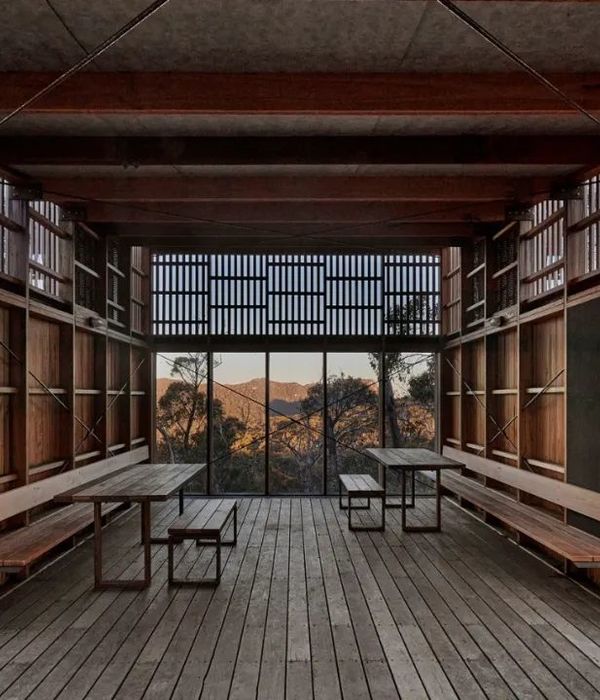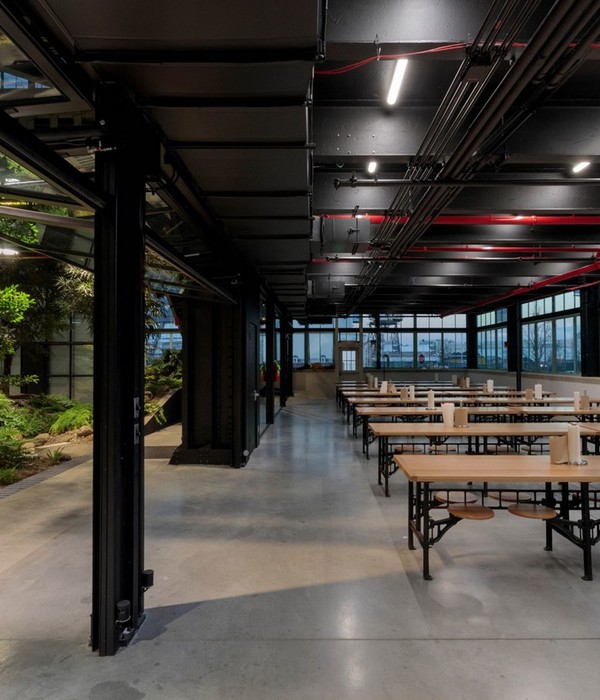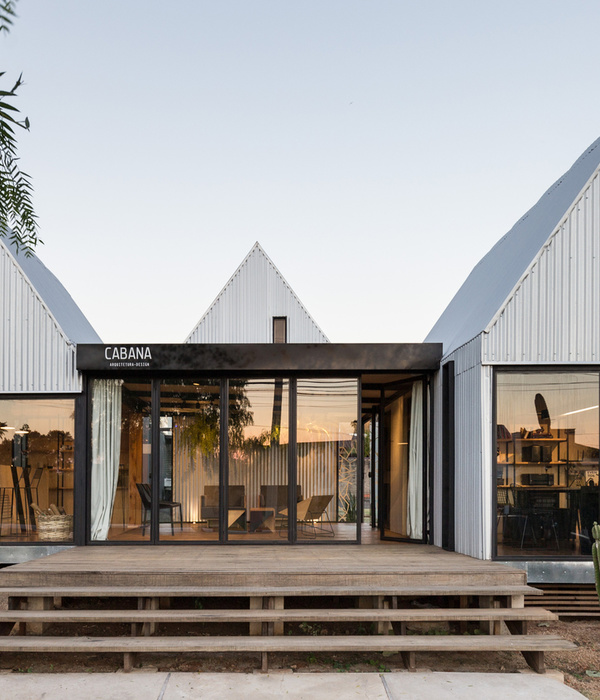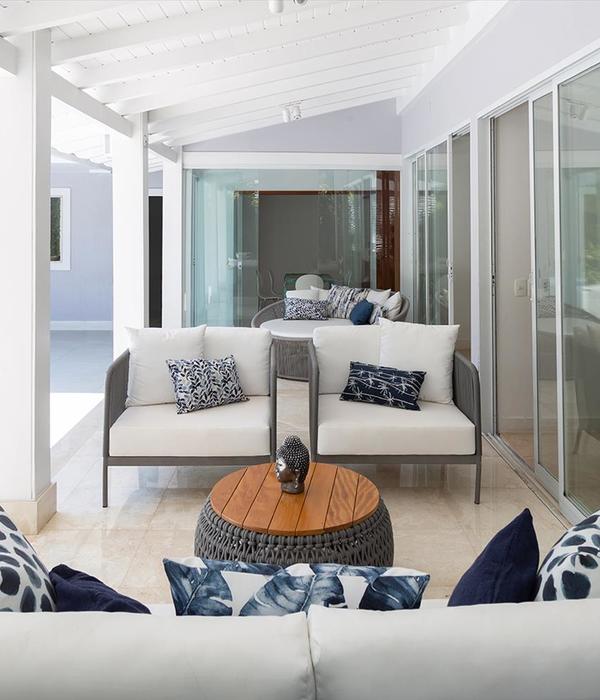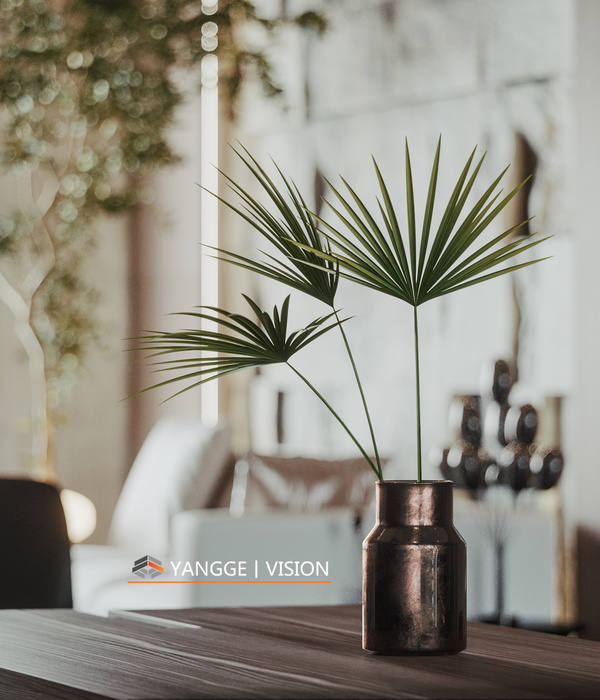Architect:toprojekt
Location:Powstańców Śląskich 2, 44-200 Rybnik, Poland; | ;View Map
Project Year:2012
Category:Masterplans;Urban Green Spaces;Promenades
In the Middle Ages, Rybnik was a fishing settlement located at the intersection of important trade routes from Wrocław and Racibórz through Oświęcim towards Kraków and from the Czech Republic through the Moravian Gate into the interior of the country. After years, the east-west direction, at which the Market Square was established. The section between the market and the fork of ul. Powstańców and Mikołowska were tightly encapsulated in the early stages of the city’s development. This is where most of the shops and services were located that did not fit in the market. At the end of this development was the construction in the years 1903 – 1906 at the aforementioned fork of the streets, the largest church in Upper Silesia, the neo-Gothic St. Peter’s Basilica.
Developing a strategy that would result in attracting as many residents, tourists and private investors as possible to the revitalized part of the city was the main purpose of the study. The complete area of intervention is divided into smaller segments of streets with five main squares at specific intervals namely the Entry Square, the Square of Light, the Transition Square, the Opowieści Square, and the Water Square. Names have no administrative significance but only reflect the functional and compositional features of these spaces. The new communication system has been designed on the principle favoring pedestrian, bicycle and public transport in the city center with the admission of limited private road transport and the elimination of transit traffic.
The architectural language used for the flooring of the area needed the development of a special tool that could describe the directions and degrees of a dip in the two-surface area. Besides, the tool showed the difference between the old and the planned square surface. Every change in geometry generated automatically all drawings describing the features of the designed surface. Thanks to this, it was possible to meet these two seemingly mutually exclusive conditions. As a result, the flooring material used for the streets and the square became rectangular-shaped stone pieces whose increase or decrease in the density defines a street from the squares.
The inauguration of the promenade was a spectacular success. Some elements were implemented by independent designers who, unfortunately, were not familiarized with the idea for all revitalization activities. The schedule for further activities in this area is unknown. However, children running around the fountain as soon as the sun shines and the people who sit at the fountain, when the rest of the city is empty, let you think that it might have been worth it.
▼项目更多图片
{{item.text_origin}}


